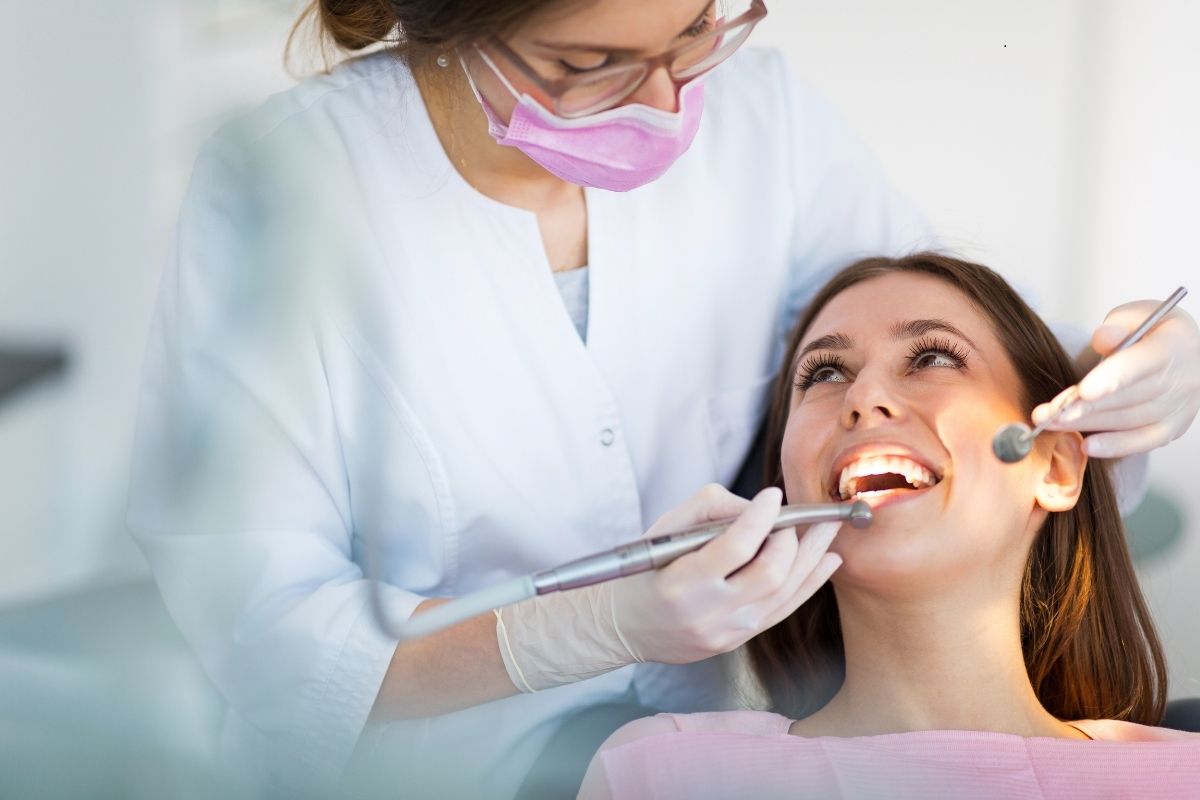
Tooth removal, or extraction, can be a daunting thought. Whether it's due to damage, decay, or overcrowding, the idea of removing a tooth often brings concerns about pain and discomfort. While it's always best to consult a professional like a dentist in Chandler, there are situations where you might feel the need to explore quick and painless solutions. In this blog, we'll discuss the safest and most effective ways to handle tooth removal, and why professional guidance is always recommended.
When to Remove a Tooth
Before considering how to remove a tooth quickly and painlessly, it's important to understand when tooth extraction is necessary. Some common reasons include:
- Severe Tooth Decay: If a tooth is too damaged or decayed to be repaired with a filling or crown, removal may be necessary to prevent further complications.
- Infection or Abscess: A tooth infection or abscess can cause extreme pain and swelling, often leading to the need for extraction.
- Crowded Teeth: In cases where the teeth are overcrowded, such as before getting braces, removing one or more teeth can help create space for proper alignment.
- Impacted Wisdom Teeth: Wisdom teeth can cause pain and misalignment when they fail to fully emerge, often requiring removal.
If you're experiencing any of these issues, it's crucial to seek advice from a professional dentist Chandler for proper diagnosis and treatment options.
Why You Should See a Dentist First
It can be tempting to try at-home methods for tooth removal, especially if you're dealing with discomfort or pain. However, pulling a tooth without the expertise of a dentist can lead to serious complications, including infection, excessive bleeding, or damage to the surrounding teeth and gums.
A Chandler dentist will ensure that your tooth is extracted in a controlled, sterile environment, reducing the risk of complications. Dentists also have access to anesthetics, which will make the process as painless as possible.
Tips for Quick and Painless Tooth Removal
If you're in a situation where professional assistance isn't immediately available, here are some general tips to help you manage a loose or problematic tooth. These steps should only be taken if the tooth is already loose and extraction seems imminent:
1. Keep the Area Clean
Before attempting any tooth removal, make sure to rinse your mouth with warm saltwater to cleanse the area. This helps reduce the risk of infection and keeps the gums free of debris.
2. Use Dental Floss
Gently wiggle the tooth using dental floss. Try to slide the floss under the tooth and carefully move it back and forth. This method can help loosen the tooth further, but make sure to stop if you feel pain or resistance.
3. Apply Ice
If the tooth is causing discomfort, applying an ice pack to the outside of your cheek can help reduce pain and swelling. Numbing the area with ice may make it easier to handle the removal.
4. Eat Crunchy Foods
If the tooth is already loose, eating something crunchy like an apple or carrot can sometimes help dislodge the tooth naturally. Just be gentle and avoid forcing it.
5. Use Gauze
Once the tooth is loose enough, use a clean piece of gauze to grip the tooth and gently pull. If the tooth doesn't come out easily, it's best to stop and seek the advice of a dentist.
Why Professional Extraction is Best
Though the above methods might help if you're in a pinch, professional dental care is always the safest and most effective option.
- Ensure Minimal Pain: With the use of local anesthesia, your dentist will make sure you feel as little pain as possible during the procedure.
- Provide a Sterile Environment: Tooth extractions must be done in a sterile setting to prevent infection, which is difficult to achieve at home.
- Manage Post-Extraction Care: Your dentist will give you proper aftercare instructions to promote healing, including how to prevent dry socket, a painful condition that can occur after an extraction.
What to Expect During a Professional Tooth Extraction
If you visit a dentist for tooth extraction, here's a general outline of what you can expect during the procedure:
- Initial Examination: Your dentist will perform a thorough examination, including X-rays if necessary, to determine the best course of action.
- Anesthesia: Local anesthesia will be applied to numb the area, ensuring you don’t feel pain during the extraction.
- Extraction: For a simple extraction, the dentist will use special tools to loosen the tooth before carefully removing it. For more complex extractions, like impacted wisdom teeth, the dentist may need to make a small incision in the gum.
- Aftercare: Your dentist will provide instructions on how to care for the extraction site, including advice on pain relief, keeping the area clean, and what foods to avoid.
Aftercare Tips for a Smooth Recovery
After a tooth extraction, it's essential to follow the aftercare instructions provided by your dentist. Here are some general guidelines:
- Rest and Hydrate: Give your body time to heal by resting and drinking plenty of water. Avoid strenuous activities for the first 24 hours.
- Avoid Smoking and Straws: Using straws or smoking can cause suction that dislodges the blood clot at the extraction site, leading to a painful condition called dry socket.
- Stick to Soft Foods: Eat soft foods like mashed potatoes, soup, and yogurt for the first few days to avoid irritating the extraction site.
- Maintain Oral Hygiene: Keep your mouth clean by gently brushing your teeth and rinsing with warm salt water, but avoid the extraction site for at least 24 hours.
Conclusion
While it may seem tempting to remove a loose tooth at home, visiting Canyon State Dental for a professional tooth extraction is the best way to ensure a quick, painless, and complication-free procedure. Dentists have the skills, tools, and knowledge to safely handle tooth extractions, and they can provide aftercare instructions to promote fast healing.